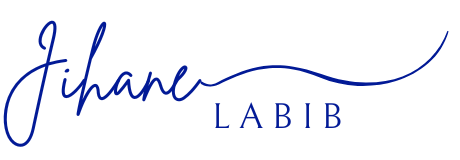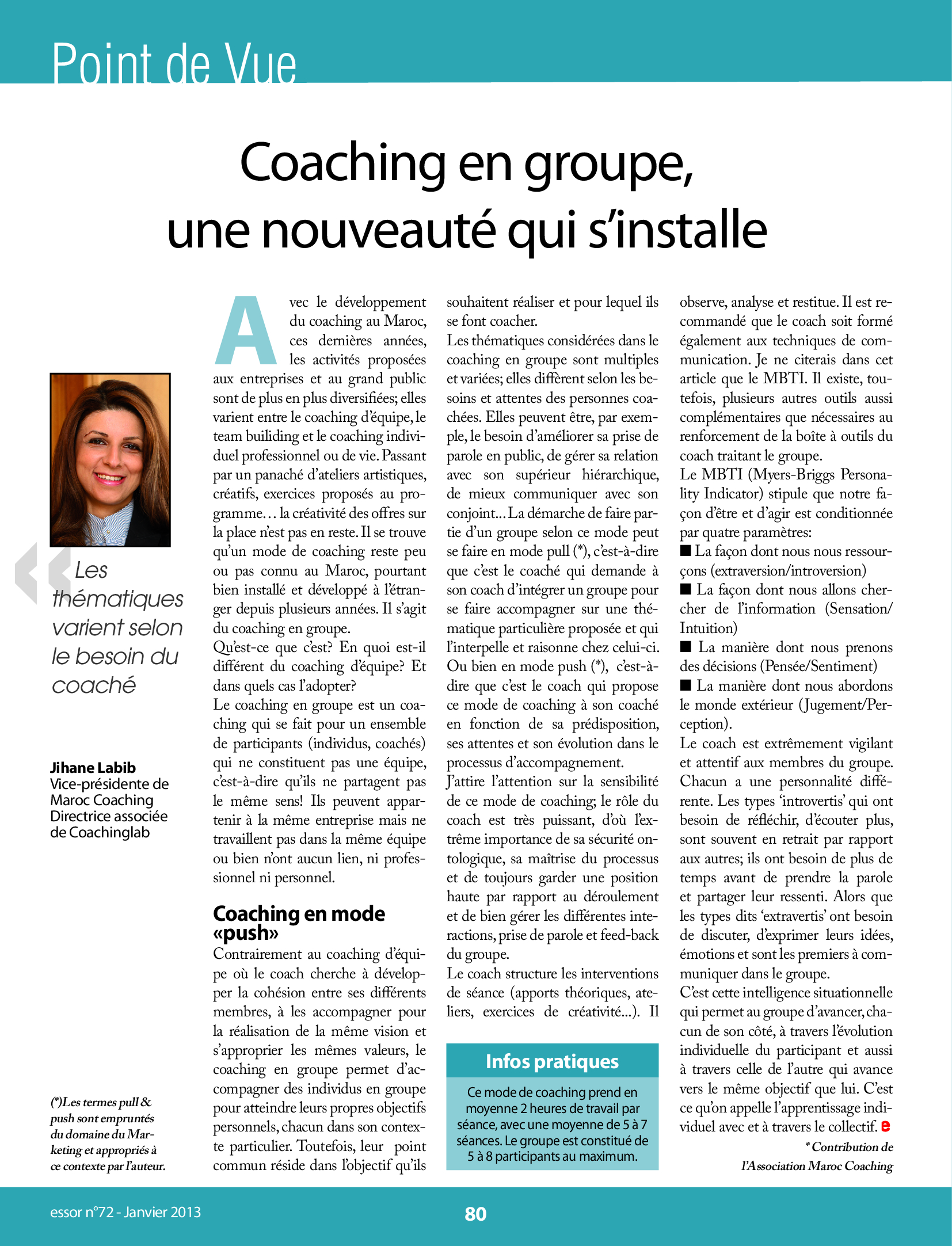Group Coaching in Morocco: AnEmerging Model
With the growth of coaching in Morocco in recentyears, services offered to companies and the general public have becomeincreasingly diverse. From team coaching, team building, to individualprofessional or life coaching, the landscape has expanded creatively—incorporatingartistic workshops, experiential activities, and innovative formats.
Yet, one coaching format remains largely unknown inMorocco, despite being well-established abroad: group coaching.
What Is Group Coaching? How Is ItDifferent from Team Coaching?
Group coaching brings together a set of individualswho are not part of the same team—they don’t necessarily share a commonprofessional or personal context. They may work for the same company or becomplete strangers, but they do not operate within the same work unit or sharethe same objectives.
In contrast, team coaching focuses on enhancingcohesion among team members, aligning them with a shared vision, and helpingthem adopt common values.
Group coaching, however, supports individuals workingside by side, each pursuing their own personal or professional goal withintheir unique context. What unites them is a common theme or challenge they seekto address through coaching.
Common Topics in Group Coaching
Group coaching can be applied to a wide range ofdevelopment goals, including but not limited to:
- Improving public speaking
- Navigating difficult relationships with a manager
- Enhancing communication in a romantic relationship
- Developing self-confidence
- Managing stress or emotional regulation
Each participant is on a personal journey, yetbenefits from the collective learning environment.
Pull vs Push: Two Entry Paths into Group Coaching
This mode can be initiated through:
- Pull: The coachee requests to join a group centered on a theme that resonates personally.
- Push: The coach recommends group coaching to a coachee, based on their progress, needs, and readiness in the coaching process.
Note: The terms "pull"and "push" are borrowed from marketing and aptly applied to coachinghere.
The Coach's Role: Critical and Delicate
Group coaching is a sensitive format that demands ahigh level of expertise from the coach. Their role is critical, requiring:
- A solid sense of ontological safety (deep self-awareness and integrity)
- Mastery of group dynamics and coaching process
- The ability to maintain a high-level position, guiding the structure of sessions and managing:
- Interactions
- Speaking turns
- Feedback cycles
Coaches organize sessions with a balance of:
- Theoretical input
- Creative exercises
- Practical workshops
They observe, analyze, and provide structured feedbackto help each participant grow.
Recommended Tools: The Case for MBTI
It’s strongly advised that coaches be trained incommunication techniques. One useful tool (among many) is the MBTI –Myers-Briggs Type Indicator, which helps identify personality types based onfour dimensions:
- Energy Source – Extraversion / Introversion
- Information Gathering – Sensing / Intuition
- Decision-Making – Thinking / Feeling
- World Orientation – Judging / Perceiving
Understanding these preferences helps the coach adaptto different group members. For example:
- Introverted participants may prefer listening and reflection, needing more time before sharing.
- Extraverted participants often jump into conversation, eager to express emotions and ideas.
This dynamic calls for situational intelligence—theability to read the room and guide each person forward, at their own pace,toward a shared thematic goal.
Individual Growth Through Collective Learning
This process creates individual learning through thecollective. Participants grow by:
- Advancing in their own journey
- Observing and learning from others tackling the same challenge in different ways
This dual dynamic is the true strength of groupcoaching.
Practical Info
- Session duration: 2 hours
- Program length: 5 to 7 sessions
Group size: 5 to 8 participants


